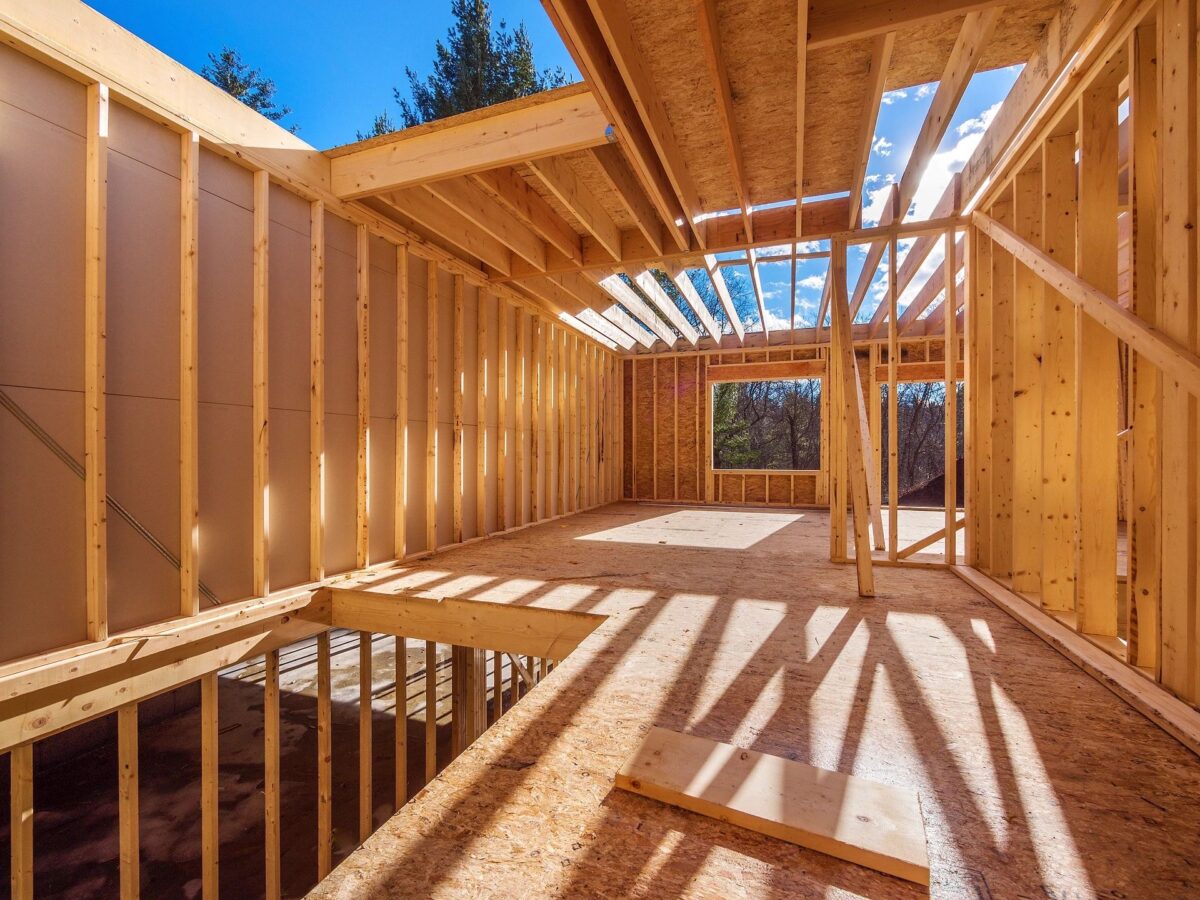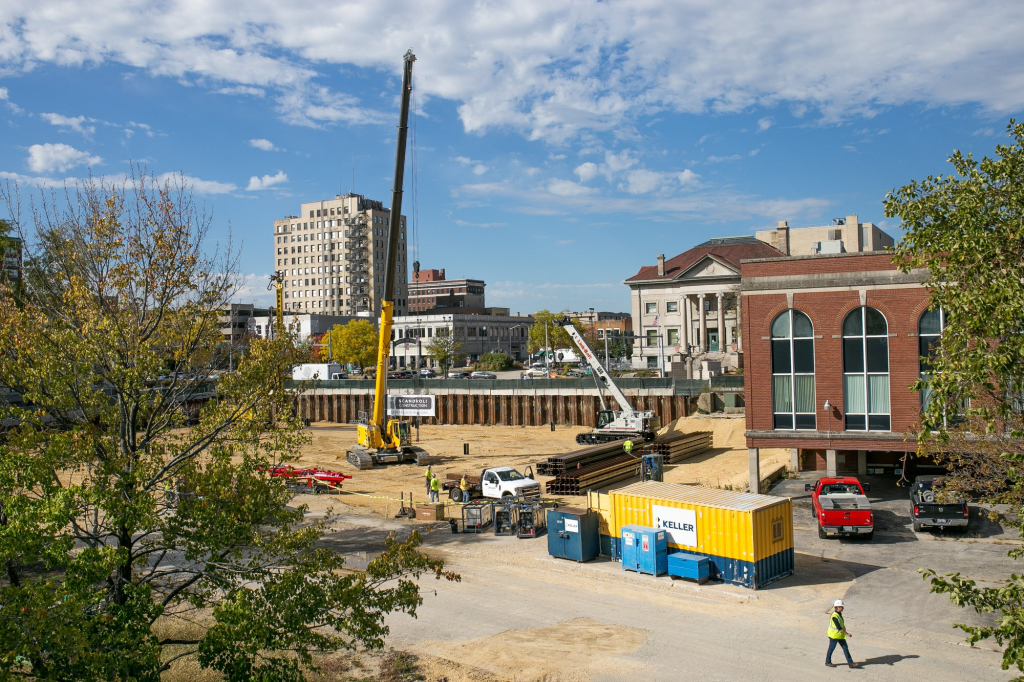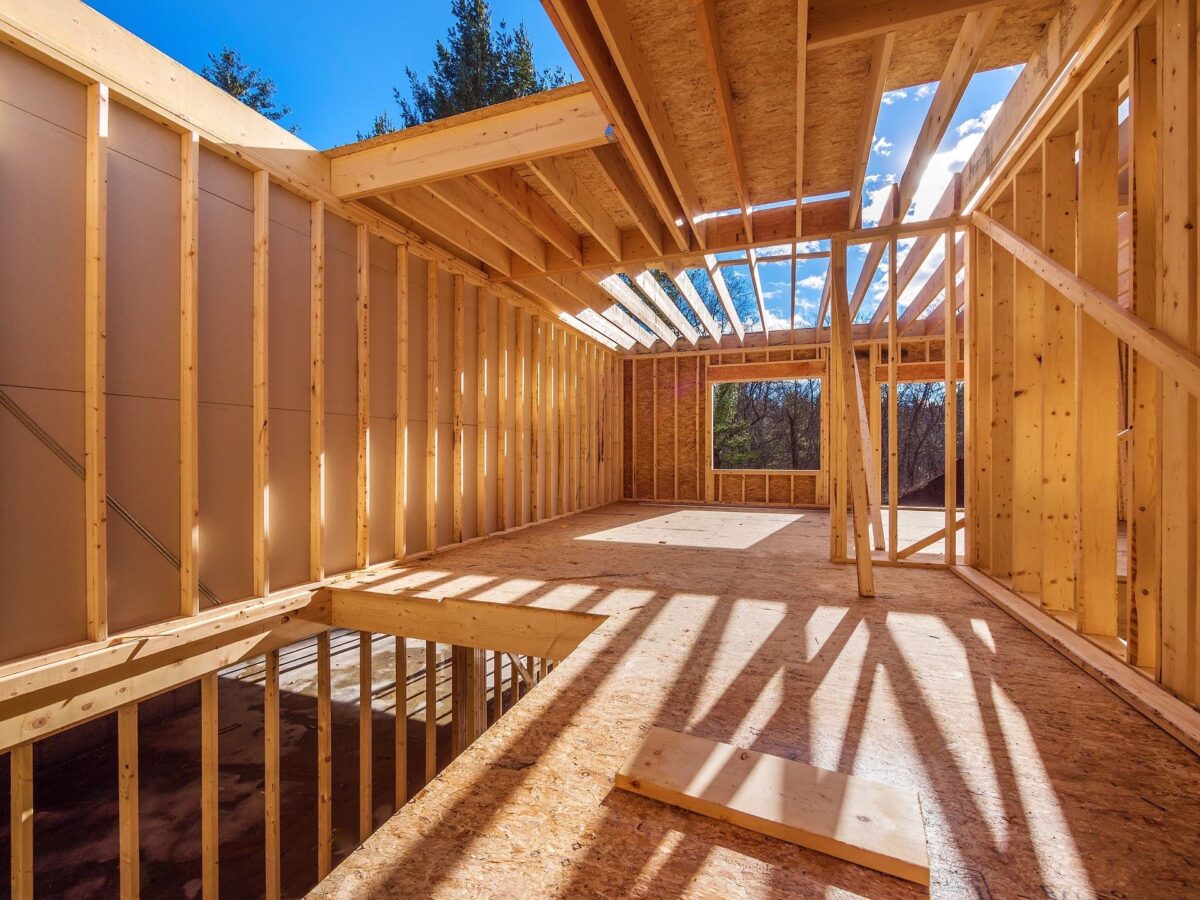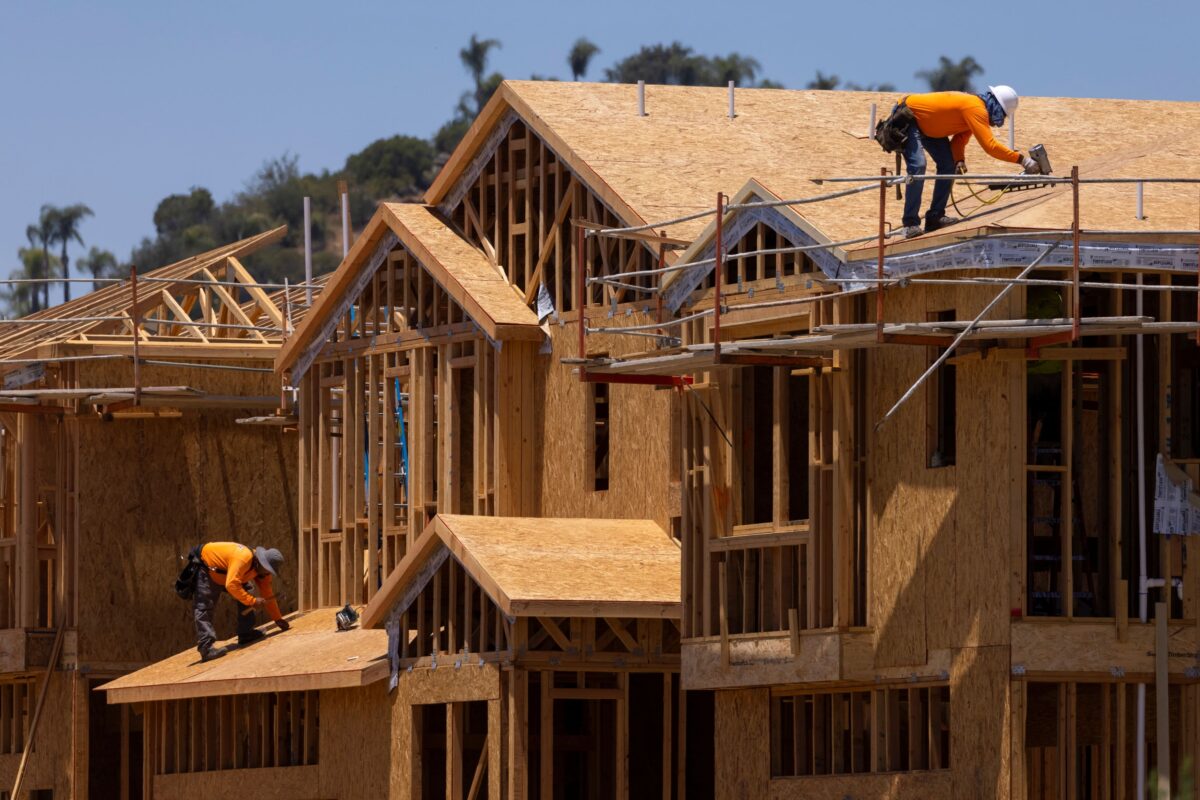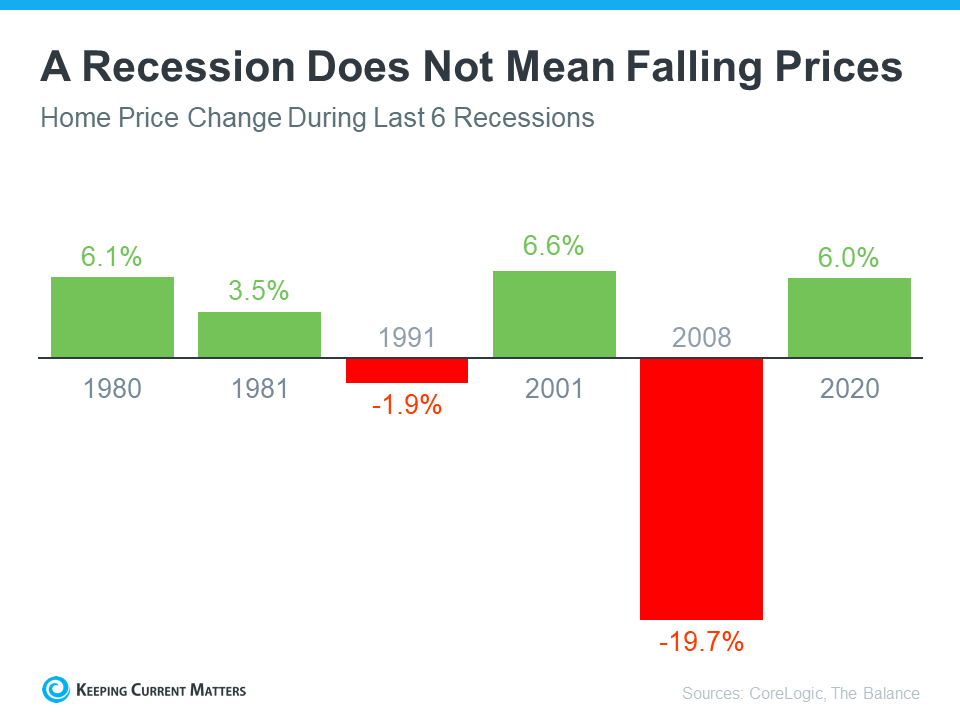By Dennis Sweeney, Executive Vice President HBA of Rockford
The incoming administration has made its stance on inflation clear: deregulation will be the primary tool to address it. Another potential strategy might involve cutting government waste and inefficiency, which could reduce spending and the deficit—provided that the savings aren’t redirected elsewhere. However, this approach will be harder to execute. Congress often prioritizes spending as a way to demonstrate its effectiveness to voters. In closely contested elections, incumbents typically highlight tax dollars and government programs brought to their districts in campaign materials. Rarely, if ever, do candidates claim success by avoiding spending taxpayer money.
As of this writing, no announcement has been made regarding the next Secretary of Housing and Urban Development. A well-connected friend shared that Bill Pulte, a prominent figure in the national homebuilding industry, is vying for the role. Pulte, who represents the large-scale, publicly traded housing sector, brings deep industry knowledge. However, such major players can sometimes overlook the burdens of regulations since their size allows them to absorb the costs more easily than smaller builders constructing 10–20 homes annually. Regulations drive up costs, creating barriers to entry, which in turn reduces competition. Historically, housing affordability has been driven by two factors: the cost of land and strong competition for new home buyers.
Two areas of deregulation could have an immediate impact on housing: energy and banking/lending. Federal energy mandates dictating how new energy-efficient homes must be built have proven both inefficient and costly. While some energy requirements have been rolled back due to implementation challenges, the damage to new home construction has already been done. Meanwhile, the housing finance industry is still grappling with the lingering effects of the Toxic Asset Relief Program and the 2008 housing crisis. There is room to ease banking regulations in ways that don’t encourage reckless lending or home buying.
The pent-up demand for housing is well-documented. By cutting regulations, reducing inflation, and lowering the cost of homebuilding, the stage could be set for a housing boom.


